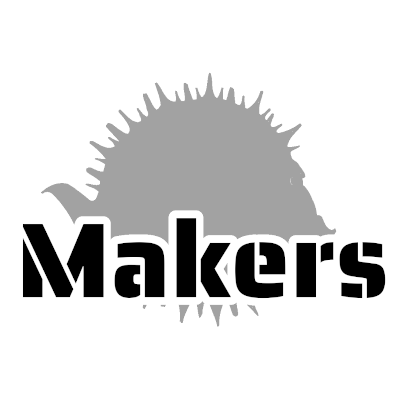Updated:
micro:bit is a pocket-sized computer board designed by BBC, to encourage kids to learn how computers work, rather than simply consuming. The fourth Open House event at Makers Siem Reap, kids met the board and learnt programming. Here is the summary of the event.
The micro:bit
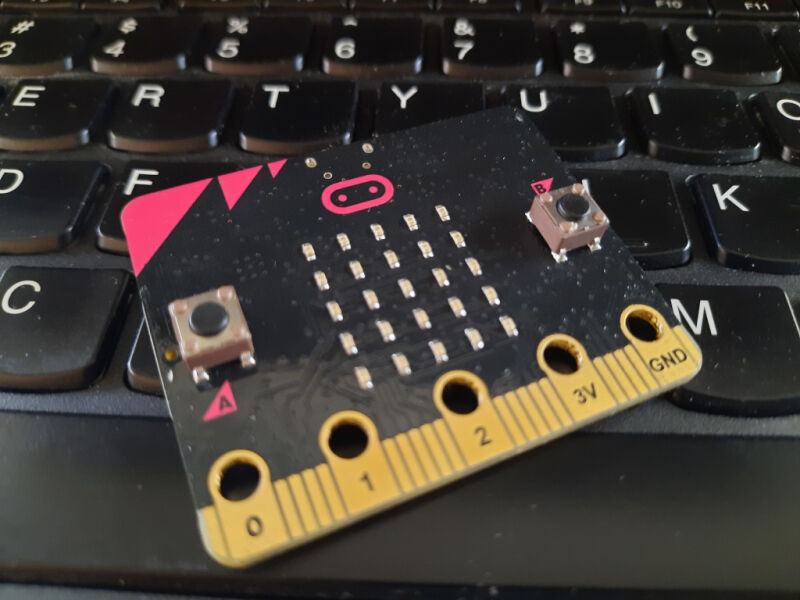
micro:bit is a direct successor of BBC Micro, a 8-bit computer in the 1980s, designed for educational programs, with unique interfaces to expand the ability of the computer, supporting not only BASIC but also Pascal, C, and LISP(!).
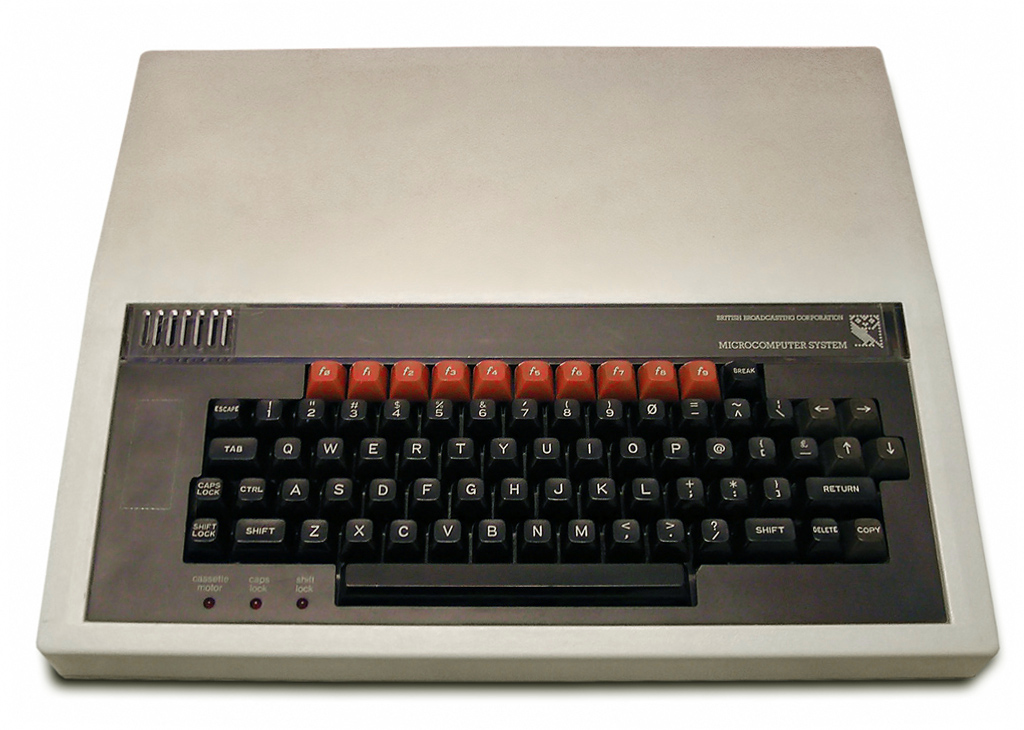
After decades, BBC released an open-source hardware in 2016, distributed many free boards to schools in UK. Instead of 8-bit CPU at 2 Mhz clock, micro:bit, it runs on 16 MHz 32-bit ARM Cortex-M0 microcontroller. Expandability is also properly inherited; the board has many input and output pins on an edge connector, a USB interface, and 2.4 Ghz Bluetooth. The on-board LED array and sensors provide out-of-box experience.
The board is now popular not only in UK, but many other countries, including EU countries, Singapore, Taiwan, and Japan. You can see reports at the official web site.
MakeCode, an online platform to code
The kids were first introduced into an online platform by Microsoft, MakeCode, in which kids write code, see the code in action on a simulator, and download the compiled code to run it on micro:bit. The platform is also a place to find resources, such as tutorials with video, and example projects. You can choose a computer language from Blocks, with which you put together to write code, Python, or JavaScript. Blocks was chosen for primary school kids.
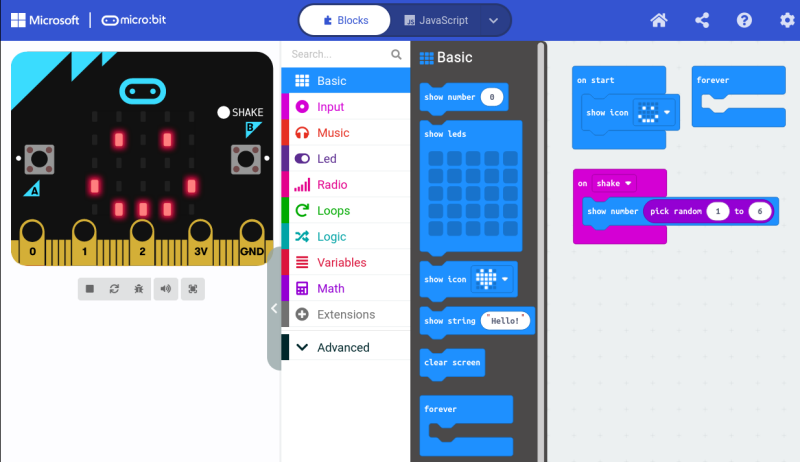
The interface is easy to understand and use. Some have already learnt other block programming languages, like Scratch, which made a huge difference in catching up with a new platform. Block programming languages have a common interface; many blocks to choose from a panel, and a work space. They share the same goal — get them into programming and engineering at a young age — but with micro:bit, there is a distinct difference; real feedbacks from the code. You can see the code in action on a real hardware, interact with the code and the hardware with hands, and bring the code elsewhere to experiment, play a game with others, or to show off your achievement.
The lesson
Kids learnt the basics of MakeCode and micro:bit in several tutorials, such as using the on-board LED display, seeing the code on the in-browser simulator, and uploading the code to micro:bit. The workflow is simple; put blocks into the work space, see how it works on the simulator, download the firmware in hex, and copy-and-pate the firmware to micro:bit.
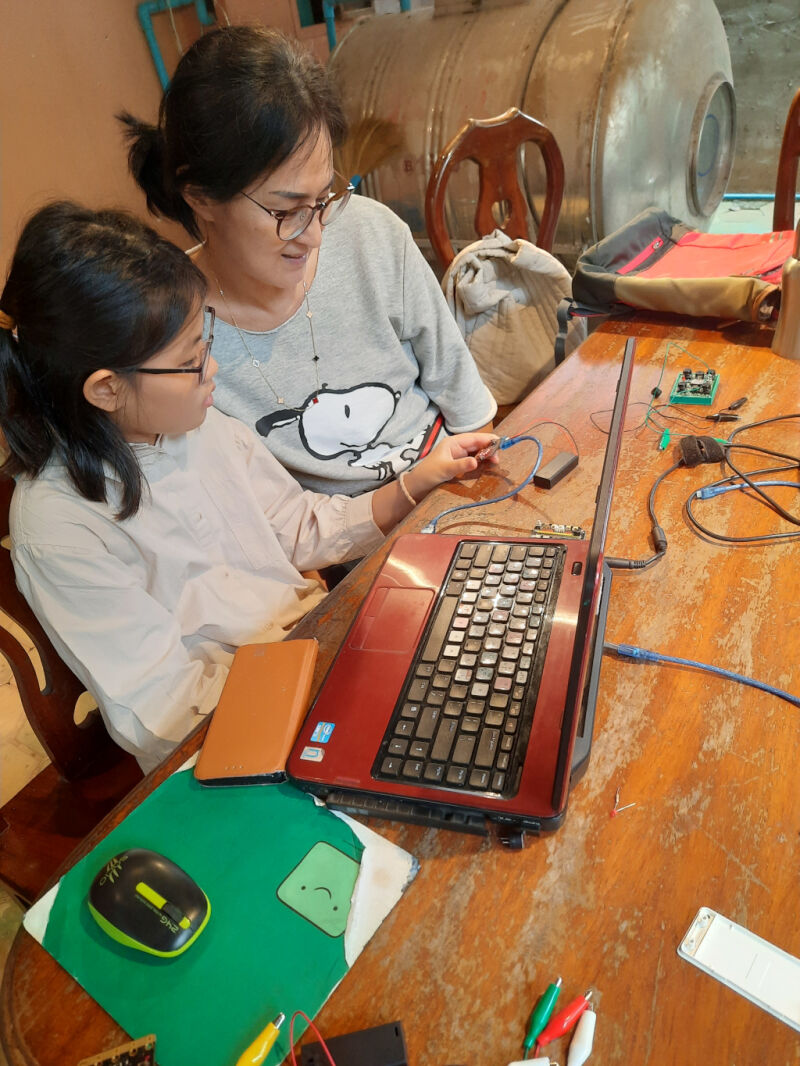
For some kids, the tutorials were bit too easy. I decided to make the class more challenging to these kids. On Sunday, the second part involved an external component; an addressable full colour LED ring. LED strips are ubiquitous these days. Display stands at shops, lighting systems on passenger aircraft, even food carts have LED strips. However, the LED ring we used in the class is smart, meaning you can control not only brightness of all LEDs, but also colour of each pixel individually, hence addressable.
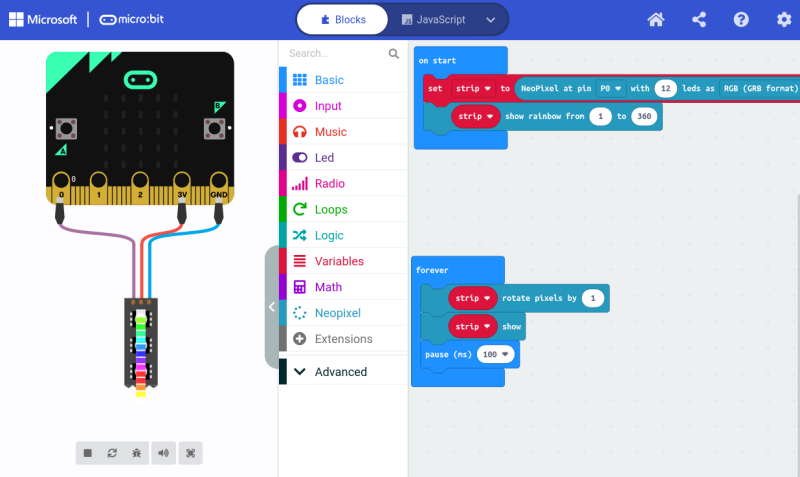
Addressable LED is becoming very popular in smart device market. Some examples of smart devices include smart speakers that understand voice commands, smart wall switches that you can turn on or off devices physically and remotely, and smart locks that do not require physical keys. With addressable LED, you can change the colour of lighting system in rooms, show patterns of colours, and control the lights from your smartphone or via voice commands. With a bit of computer skills, you can even automate them — turn on the light when I enter the room, change the colour to light blue at 11:00 p.m., turn off the light when I am sleeping and such.
The LED ring is, essentially, a display in a different form. Displaying a desired pattern on a display always requires some efforts. However, thanks to a library for addressable LEDs, kids can show simple patterns on the LED ring without hassle. In a few minutes, kids could display a rainbow pattern.
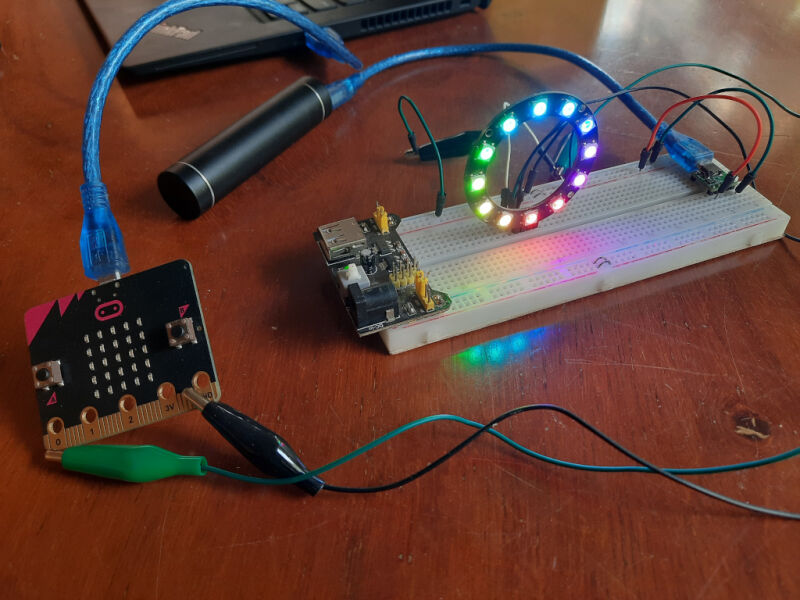
In addition to the LED ring, they used a few other electronic components in the experiment; a breadboard, alligator clips, an external battery, and wires. They are building blocks in electronics. Breadboard is a quick solution in prototyping. Instead of building a complete circuit on a circuit board, you can quickly experiment your idea on a breadboard. No soldering is required. Just connect pins with wires. If you are curious why it is called “breadboard”, watch the following video.
Thoughts after the classes
I found that the real feedbacks from the reality was surprisingly great in educational programs. Most of other online block programming languages run in a browser, and the result can be seen in the browser. They are great, too, but micro:bit gives you real feedback and interactions. You can show your work to others. In software development, almost all your works are invisible except for some lucky developers, like frontend engineers. This is why I like electronics. I’ll remember kid’s face when they see their code in action.
Luckily, all of kids have past experience in other block programmings; they knew not only how to put blocks together, but also what a variable is, what can be done with conditions and flow controls, and how program works in general. All of them made a huge difference in the class. If you master one computer language, learning another is far easier because computer languages share many same ideas. There are, of course, differences between languages, but what you have learnt in another language will not be wasted. If they knew almost nothing in programming and using a computer — like some local students I taught before — it would have took longer. This is why BBC developed micro:bit; “get them into programming and engineering at a young age”. Unlike when computers were “new thing” in decades ago, these skills are now a must, and you should get started as earlier as possible, not when you are forced to learn. Many teachers had to learn how to teach in online class after COVID-19 without proper trainings or support.
I have personal experiences with people who are not familiar with modern technologies. They don’t know how to share files, collaborate with others on a file or a document, or get things done effectively. They are mostly from older generations, and at higher positions. They will retire soon, and young generation should know better. Good engineers love to be “the worst guy in the band” because it is fun to work with competent, productive team members, and everyone in the team learns a lot from others.
Final words
We had Open House events for kids on every weekends. In the past classes, kids learnt how to solder components on an electronic circuit, built a paper craft glider, and model 3D objects.
We post upcoming Open House events to Siem Reap Parenting Facebook group and Twitter. If you have a kid, and would like to help the kid to develop technology skills, please join the group or follow us on Twitter. For details and reservation, please contact us on Telegram.
